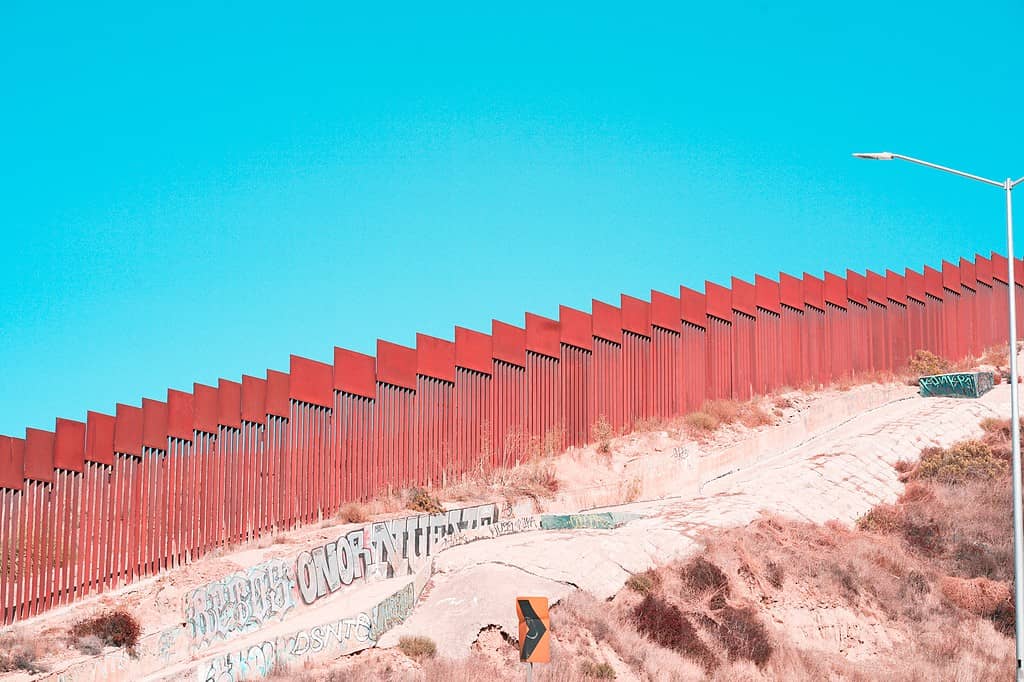
TikTok is all fun and games until it’s not. Along with the trends and jokes and all the other things, TikTok hosts quite a mixed array of content. From lip-syncing and weird dances to educational videos, there’s plenty of entertainment for everyone — which explains why the network is so popular, with over 1 billion active monthly users.
But entertainment isn’t all you can find on TikTok. As an AFP (Agence France-Presse) investigation showed, there’s also a darker side that includes people smuggling.
Smugglers realized what many other advertisers also realized: there’s a segment of their target audience you can easily reach on TikTok. The approach works all the better as TikTok apparently isn’t as well-policed or moderated by its operating company (which has led to constant criticism). Not that other networks are well-moderated, but even among them, TikTok seems to stand out.
For instance, one of the videos highlighted by the AFP shows people dressed in camouflage moving around shadowy vegetation in the landscape of the Mexican desert.
“Departing this weekend. People from Mexico interested in crossing to the United States, leave your messages,” the TikTok post said.
It’s not the only post or account that advertises this. “We also make crossings with children and family,” another account notes, showing a photo of children on an inflatable boat on a river in Mexico. Mexico isn’t the only country that had these accounts — AP found similar postings in Guatemala, Ecuador, and Colombia. In fact, some posts even baited US drivers. “If you have a car and want to make easy money, write to me,” said a message in English that promised $15,000.
Many of these accounts posted under the hashtag #pollero — a slang term in Spanish for human smuggler. However, US officials, who follow social media for this type of post, say they’re not always real. Sometimes, it’s just plain old fraud.
Overall, however, over 7,600 migrants have been killed or disappeared in transit in the Americas over the past 9 years. Smugglers often transport people to the US via road, often in the backs of trucks or in vans without ventilation, which can be very dangerous.
TikTok told AFP that they take this type of problem very seriously and don’t “tolerate content that promotes human exploitation, including human trafficking.” The company said it removed 82% of the videos linked to criminal activities on its own initiative in the third quarter of 2022. However, smugglers are increasingly using social media for their nefarious purposes, and this especially targets vulnerable people while leaving law enforcement behind.


